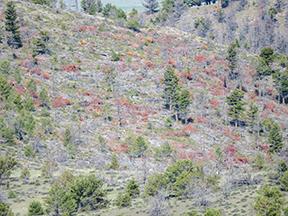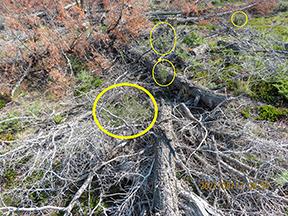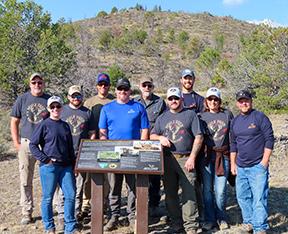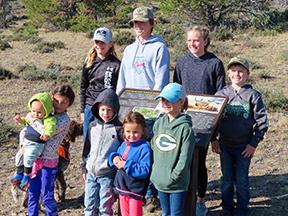Related Stories
- Smokey Bear joins Mr. & Mrs. Claus to continue LTVA annual toy giveaway
- Rural wildland firefighting partners grateful for BLM gift
- Inspiring Future Land Stewards Through STEAM
- Stewardship and smiles at Samoa Dunes: BLM California hosts National Public Lands Day event
- Lake Havasu Fisheries Improvement Program: Thirty years of stewardship, science, and community




